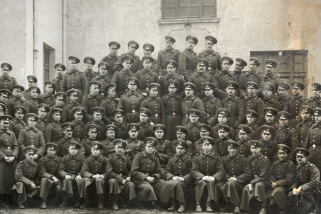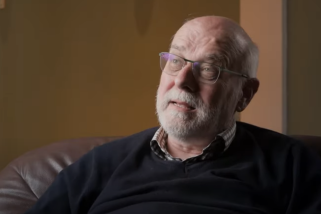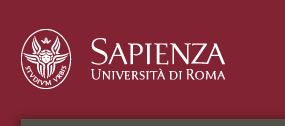Call for Proposals for a Special Issue of East European Jewish Affairs
“Jewish Underground Culture in the post-Stalinist Soviet Union: Clandestine Communities, Multimedia, and the Poetics of Nonconformity”
Guest Editor: Klavdia Smola
Abstract Deadline: July 15, 2016
In addition to the powerful Zionist movement and the struggle for the right to emigrate to Israel (aliyah), the semi-tabooization of Jewry in the Soviet Union also generated a rich unofficial culture among Jewish intelligentsia since the end of the 1950s. One of the most important consequences was the development of a complex non-conformist Jewish culture, which still has been little studied. Among the cultural products of this Jewish underground were important paintings, literary and musical work, photography, installation art, and multimedia artistic work.
Artists’ groups, samizdat and tamizdat, scientific and historical seminars and gatherings, as well as reading circles became institutions of this new Jewish culture. However, this alternative cultural world emerged not only in cultural spaces of the underground but also in the “gray zones” between Soviet state discourse and unofficial circles.
These semiofficial and unofficial niches allowed this new Soviet Jewish culture to become an institution in its own right that became a form of global culture with the mass migration of Soviet Jews from the Soviet Union. After they emigrated, Jewish litterateurs, artists, and other culture makers brought their non-conformist Jewish culture to other geopolitical areas. In fact, they were often met with recognition and even celebration abroad earlier than in their (former) homeland.
The special edition asks such questions as: 1) How did Soviet politics create the conditions for culture? 2) Why were Jews some of the most important producers of non-conformist and semi-official culture? 3) How is Jewishness expressed in their cultural products, both in the Soviet Union when it was “unofficial” or “semi-official” and then in their new places of residence? 4) How did global Cold War politics shape this culture’s production and reception? The editor of this issue would like to encourage submissions in the fields of social and cultural studies, research on book and other kinds of publishing, literary studies, history of art, theater, and film studies. Interdisciplinary work straddling the boundary between cultural studies and social and political science is likewise warmly encouraged.
Interested parties are asked to submit details of their proposed topic in an abstract (max. 300 words), to eeja@colorado.edu by July 15, 2016.













